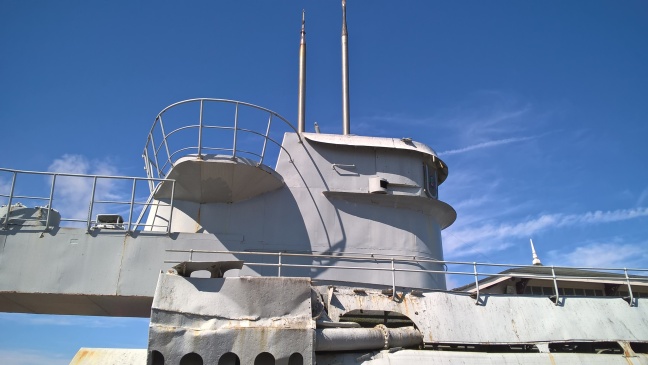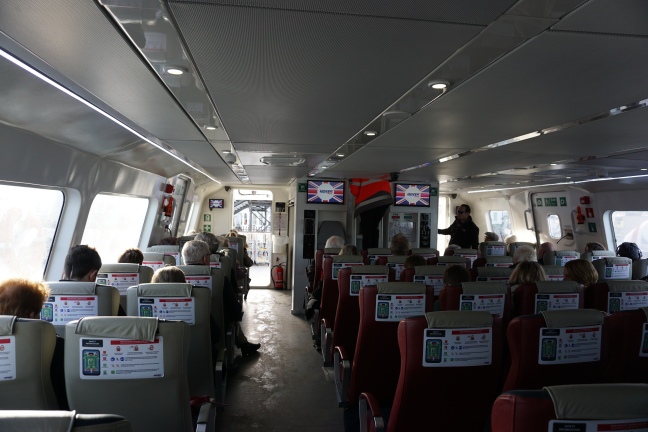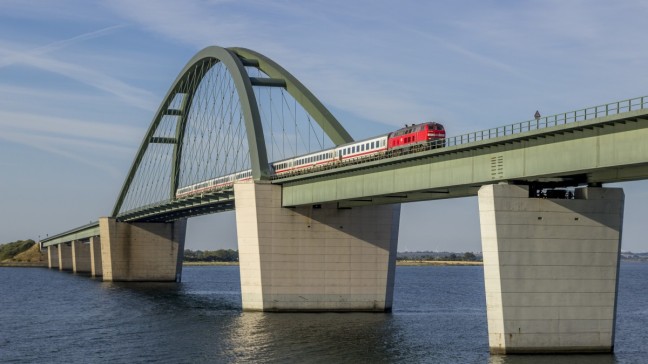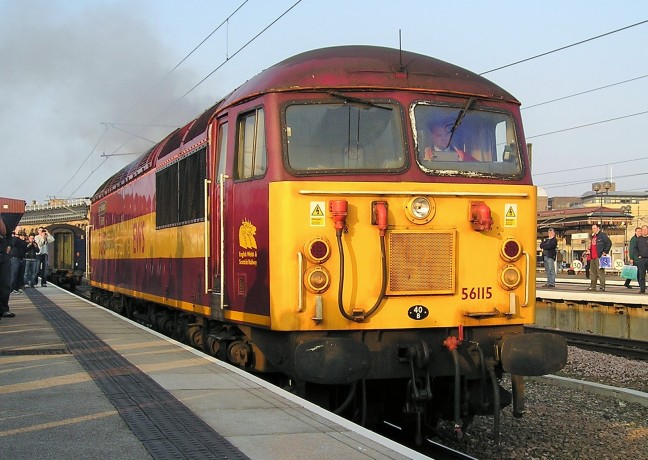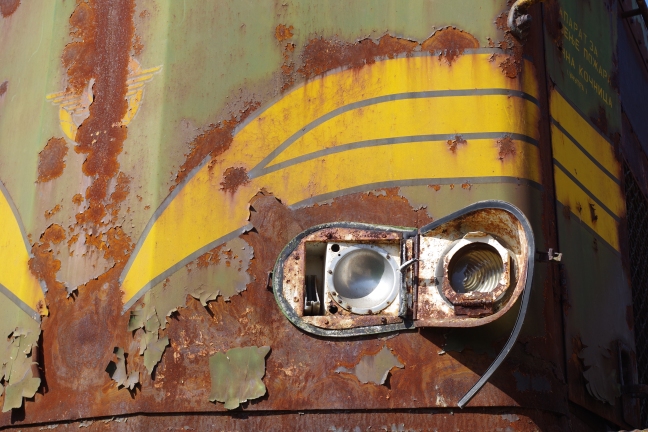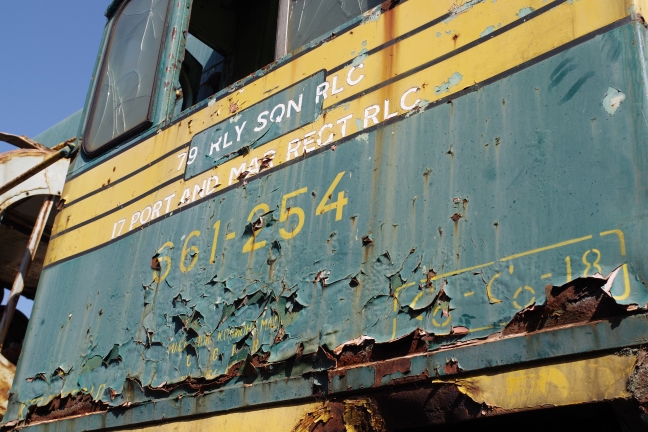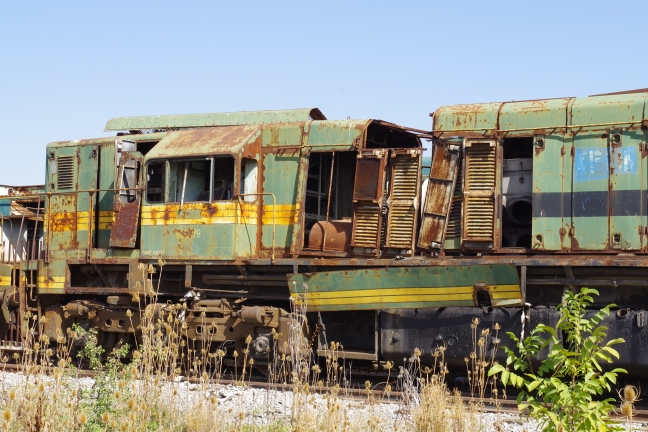The very first attack by a U-Boat in the Second World War came very early on; in fact, on the very day that Britain declared war on Germany – 3 September 1939. U-30 fired two torpedoes at the transatlantic passenger ship SS Athenia off the coast of Ireland; its captain, Oberleutnant zur See Fritz-Julius Lemp, claiming afterwards that he believed the ship to be military. The ship took 14 hours to sink, so thankfully only 117 of the 1,418 on board perished, mostly either when the torpedoes struck or in an unfortunate lifeboat accident; the survivors being rescued by a mixture of Royal Navy destroyers, an American cargo ship, a Norwegian tanker and a Swedish yacht which all responded to the SS Athenia’s distress signal. The U-Boats were to play a vital role in the war for its entire duration.
Adolf Hitler committed suicide on 30 April 1945 and, amid power struggles and personality clashes in the fading Nazi leadership, had nominated Groβadmiral Karl Dönitz as his successor in his last will and testament written the previous day. Dönitz had previously decamped to Plön, in Schleswig-Holstein, in order to maintain some continuity of government – something which was unlikely to be possible in Berlin for very long at all, given the impending arrival of the Red Army and the inevitable splitting of German territory. The advance of the Allies over following days saw those at Plön flee further north to Flensburg, with their area of jurisdiction contracting accordingly. Dönitz must have known that time was running out for the Nazis, and concentrated his efforts on ensuring that as many German troops as possible surrendered to the British or Americans rather than the Russians.

Dönitz had held the position of Oberkommando der Marine – head of the German Navy – since 30 January 1943, and consequently held the U-Boat fleet in particular high personal regard. With the outcome of the war now all but a foregone conclusion, it must have been particularly galling for him to expect to see them fall into the hands of the enemy. As a result, plans were drawn up under the name “Operation Regenbogen” for the mass scuttling off the fleet. This order was actually given in the early hours of 5 May 1945, quickly superseded by the order that all German submarines should surrender to the Allies by 08:00 that day.
U-534 was the last U-Boat to have departed Kiel in the dying moments of the war in Europe. Kapitänleutnant Herbert Nollau, the captain of U-534, which was sitting on the Danish seabed at the time, failed to obey the order to surrender, and along with two other German submarines, sailed north towards Norway. Fatally, they were intercepted by two RAF B-24 “Liberator” aircraft, which succeeded in sinking U-534 with a depth charge; the other two U-Boats escaped. Of her 52 crew, all escaped, although 3 of them died in the water.
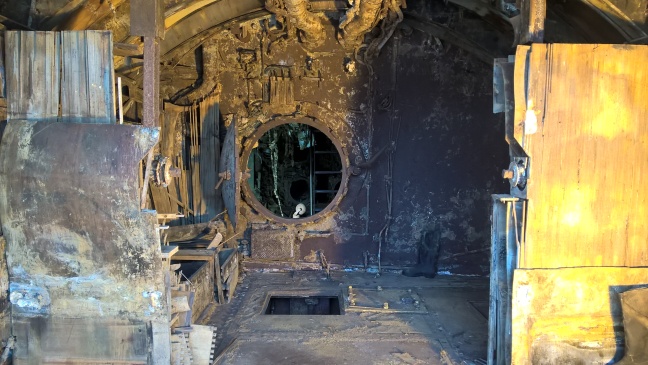
U-534 was not the only U-Boat to have made a dash for it in May 1945. Under the command of Oberleutnant zur See Heinz Schäffer, U-977 was in Norwegian waters, under orders to proceed to Southampton to attack Allied shipping, at the time of Germany’s surrender. Schäffer also elected to disobey Dönitz’s order, and instead to proceed to Argentina. After first putting ashore the 16 crewmen who did not wish to go – on Holsnøy Island near Bergen, on 10 May 1945 – U-977 then spent 66 days underwater making its journey, finally surrendering at Mar del Plata on 17 August 1945 – the same location that U-530 had previously surrendered on 10 July 1945. In addition, U-963 and U-1277 continued without surrendering, both crews scuttling their vessels off neutral Portugal with all hands surviving.
The question is of course posed as to what drove these U-Boats to flee. Did they not receive the order, or did they have something to hide? Kapitänleutnant Nollau was a prisoner of war until August 1945, and after the war, worked as a postman. He committed suicide in 1968, having never spoken about why (or whether) he’d disobeyed Dönitz’s order, where he’d been heading, or why he’d ordered his crew to fire on Allied aircraft after the ceasefire had been declared. Unlike him, Schäffer did write his memoirs, which were published in English under the title “U-Boat 977”.
One theory which has been aired on a number of occasions (admittedly with minimal evidence to back it up) is that they were conveying Nazi luminaries making a last minute attempt to escape the clutches of the advancing Allies. The name that has most often been mentioned is that of the head of the SS; Heinrich Himmler. Himmler had been immersed in the aforementioned power struggle, and in his arrogance, had attempted to make secret peace dealings with the Allies in anticipation of his success. These were published by the Allies and Dönitz had to dismiss him from all posts. The accepted version of events of what happened next is that Himmler continued “incognito” with the vague destination of neutral Switzerland in mind, was arrested in Bremervörde, and committed suicide by concealed cyanide capsule in British custody in Lüneburg. The “conspiracy theory” is that Himmler actually made his escape from Schleswig-Holstein in a U-Boat, and the man who was arrested at Bremervörde was in fact a ringer……
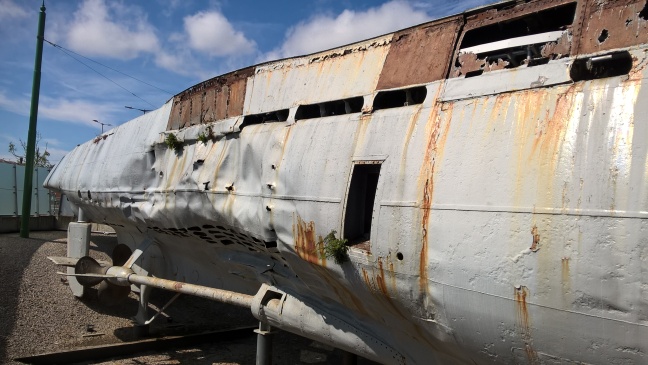
What is definitely true, however, is that Nollau’s vessel, U-534, remained at the bottom of the Kattegat for 48 years, being salvaged in 1993 and later transported to north-west England. It now forms the centrepiece of an exhibition adjacent to Woodside ferry terminal in Birkenhead, the U-Boat Story, where it has been sectioned in order to show visitors the inside of the submarine more clearly.
Entry to the exhibition costs £7.50 for adults and £5.00 for children, although there are some good combination deals available – for £10.00 I was able to get a day ticket for the Mersey Ferries that also included the U-Boat.
Each cross-section of the U-Boat makes it easy to see inside the vessel, and is well labelled and interesting. Purists may lament the fact that the U-Boat has been cut open, however it certainly enables the telling of the story to be done far more effectively – and, most importantly, it makes the attraction fully accessible. I really would recommend a visit.
U-534 is one of just four German U-Boats that can be seen and visited around the world. The other three are: U-505, which was captured by the US Navy off Africa in 1944, and is on display at the Chicago Museum of Science and Technology; U-995, which saw post-war service in the Norwegian Navy right up to 1971, is now on display at the Laboe naval memorial near Kiel in northern Germany; and U-2540, which has led a remarkable existence. Still to properly enter service, it was scuttled off Flensburg on 4 May 1945 as Montgomery accepted the unconditional surrender of German forces in north-west Germany. However, 12 years later, it was raised, refurbished, and joined the post-war Bundesmarine as a research vessel. It is now on display at the Deutsches Schiffahrtsmuseum in Bremerhaven.

Of course, many more remain beneath the waves, and a good number have been found and explored by divers. Some may yet be raised – in the mid-2000s it was suggested that U-778, one of those taken for scuttling off Northern Ireland by the Allies under their “Operation Deadlight” in 1945, might be brought back to the surface; it had sunk whilst being towed, so is in far better condition than those that were used for target practice. However, this plan was dropped by Derry City Council due to the costs involved. As nobody was on board the scuttled vessels when they went down, they are not classified as war graves, so would theoretically be far more straightforward to obtain permission to raise than those that were sunk in action.
Until such a day as that may happen, though, there remain just the four. This is an astonishingly small number given that the Germans commissioned approximately 1,250 U-Boats into the Kriegsmarine in the Second World War era – of these, 783 were lost to enemy action, 220 were intentionally scuttled as part of “Operation Regenbogen”, 156 fell into Allied hands at the end of the war (most of which were then also scuttled), 50 were declared missing and 6 were captured in action. The human cost was much dearer; almost ¾ of the men who served on U-Boats during the war were never to see it end.

